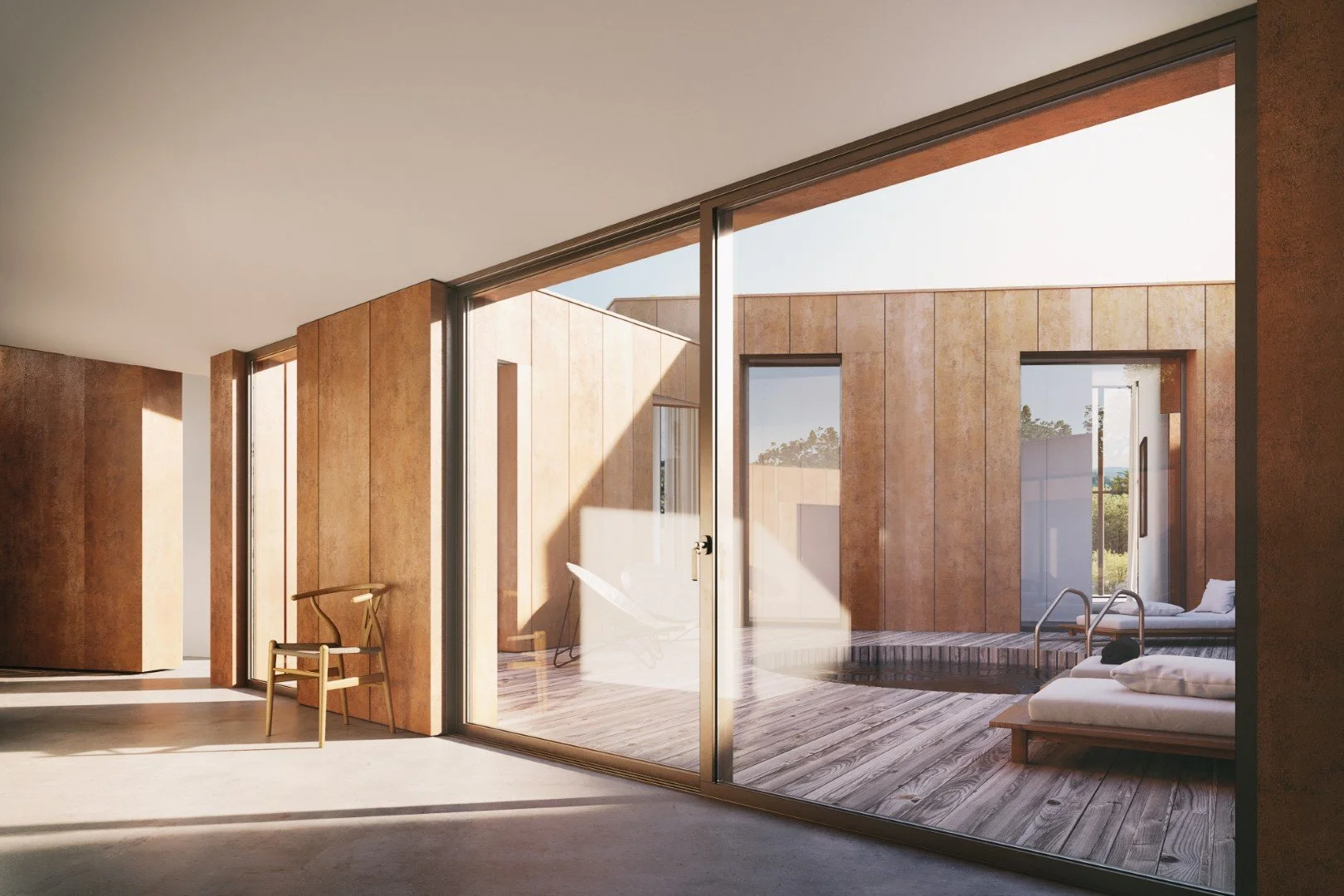Understanding Paragraph 84: Designing Exceptional Homes in the Countryside
The English countryside has long been a canvas for architectural beauty; a place where landscape, tradition, and innovation meet.
Yet, designing a new home in a rural area is no simple task. Strict planning controls exist to protect the natural and historic character of the countryside.
One of the most influential policies governing such developments is Paragraph 84 of the National Planning Policy Framework (NPPF).
In this post, we’ll explore what Paragraph 84 is, how it applies, and what it takes to design a truly exceptional home that earns approval in the countryside.
What Is Paragraph 84?
Paragraph 84 (formerly Paragraph 80, and before that, Paragraph 55) of the NPPF outlines the limited circumstances under which new homes can be built in isolated countryside locations. In most cases, rural development is tightly restricted to prevent urban sprawl and preserve landscape character. However, Paragraph 84 provides an important exception, allowing homes that demonstrate exceptional design quality.
In short, it opens the door for architects and developers to create new countryside dwellings that are not just sustainable and sensitive to their surroundings, but outstanding examples of contemporary rural architecture.
The Core Criteria of Paragraph 84
To gain planning approval under Paragraph 84, a proposed home must meet rigorous standards. The design should be:
Truly Exceptional: It must represent the highest standards of architecture, innovation, and design. A home that’s merely “good” or “attractive” won’t suffice.
Reflective of Local Character: The proposal should enhance its immediate setting and respect the defining characteristics of the local landscape and building traditions.
Environmentally Sustainable: From materials to energy performance, the home should demonstrate exemplary sustainability principles.
Contextually Sensitive: The design must be rooted in its site, responding to views, topography, and the wider environment.
A Paragraph 84 home should belong to its place: looking as though it could only exist in that specific landscape.
Designing for the Landscape
A successful Paragraph 84 design begins with a deep understanding of the site. This means analysing:
Topography and orientation for solar gain and views
Vegetation and ecological features to protect and enhance biodiversity
Local materials and forms that can inspire the architectural language
While traditional forms can inform the design, many of the most acclaimed Paragraph 84 homes embrace modernist principles, using glass, timber, and stone to create structures that blend seamlessly into the landscape while maintaining a contemporary aesthetic.
The Role of Innovation
Innovation is a cornerstone of Paragraph 84. Planners look for designs that push boundaries, whether through advanced sustainability strategies, creative use of materials, or structural ingenuity. Examples include homes that are energy self-sufficient, employ passive design techniques, or use locally sourced, low-carbon materials.
The design must not only fit harmoniously within its setting but also set a benchmark for rural architecture.
Gaining approval under Paragraph 84 is challenging, and rightly so. Applications must be supported by robust evidence, including:
Landscape and Visual Impact Assessments (LVIA)
Design and Access Statements
Sustainability reports
Ecological and heritage assessments
Collaboration is key. Early engagement with the local planning authority, design review panels, and landscape consultants can significantly increase the likelihood of success.
Celebrating Rural Innovation
Paragraph 84 is an opportunity. It challenges architects, planners, and clients to think deeply about place, beauty, and legacy.
Designing an exceptional countryside home requires patience, passion, and precision.
But for those willing to meet the challenge, the result can be extraordinary: a home that enhances its landscape and exemplifies the very best of modern rural design.





